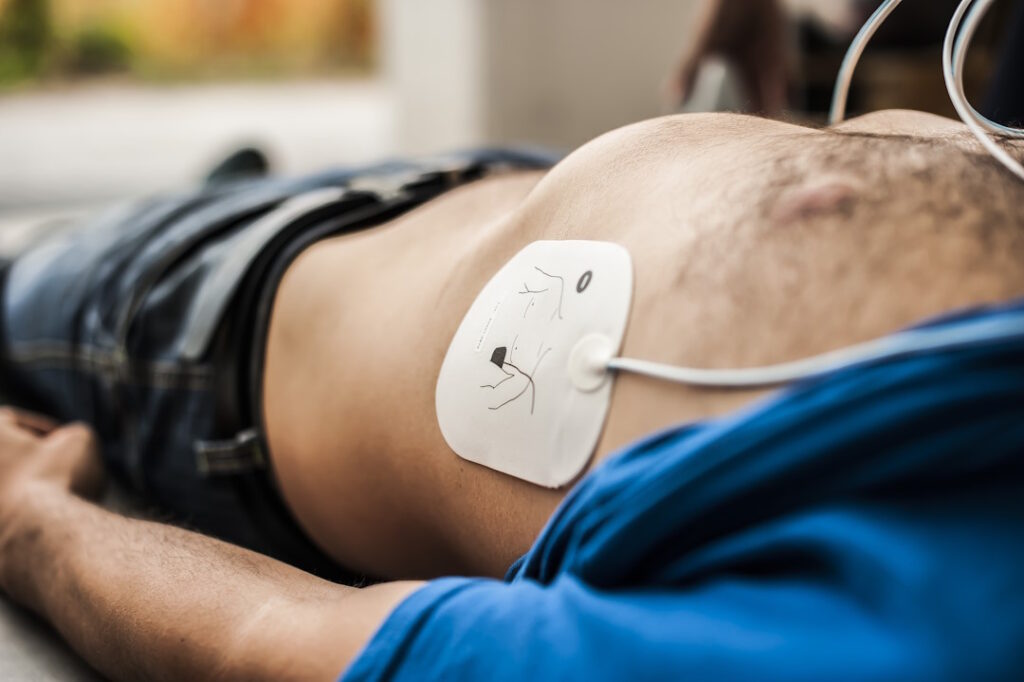Electrical Cardioversion

What is a cardioversion?
Electrical cardioversion is a procedure used to convert an abnormal heart rhythm (such as Atrial Fibrillation AF) to a normal rhythm (sinus rhythm). This is where an electrical shock is given over the chest. This electrical shock stops the abnormal rhythm of the heart for a brief moment and allows the normal heart rhythm to take over. A blood thinner (or anticoagulant) is usually given for at least 4 weeks prior to the cardioversion to minimize the risk of stroke that can occur during or shortly after cardioversion.
The anticoagulant is continued for 4 to 6 weeks after a successful cardioversion. Most patients who undergo successful cardioversion are placed on oral
medications to prevent recurrences of AF. Often a transoesophageal echocardiogram (TOE) is performed on the same day to exclude a clot in your heart before cardioversion, especially if anticoagulation has not been used for at least 4 weeks prior to the procedure.
What is involved?
A needle with a tube connected to it will be put in your arm. This is called an intravenous line or IV. You will get a drug to make you sleep for a short time. While you are asleep, the doctor will use a special machine (defibrillator) that delivers specific amounts of energy to your heart muscle through patches that will be placed on your chest. This will usually restore your normal heart rhythm. Although this procedure only takes a few minutes, several attempts may be needed. Electrical cardioversion is more effective than medications alone in stopping AF and restoring a normal heart rhythm.
What preparation is required?
You will need to fast (do not eat or drink anything) for 6 hours prior to your procedure. Take your usual medication with a small sip of water, unless your doctor has advised otherwise. Bring a list of your medications to the hospital. Please arrange for someone to drive you home as you will be receiving sedation.

What are the risks of this procedure?
In recommending this procedure your doctor has balanced the benefits and risks of the procedure against the benefits and risks of not proceeding. Your doctor believes there is a net benefit to you going ahead. This is a very complicated assessment. There are risks and complications with this procedure. They include but are not limited to the following.

Common Risks and Complications (more than 5%) include:
- Skin irritation/redness from adhesive pads.
- Recurrence of Atrial Fibrillation (AF) within 12-24 months.
- The procedure may not be successful. Abnormal heart rhythm may persist.
Rare Risks and Complications (less than 1%) include:
- May require a Pacemaker. This is usually due to an underlying heart condition.
- Blood clot in the lung.
- Heart Attack.
- A stroke. This can cause long term disability.
- Death as a result of this procedure is rare.


